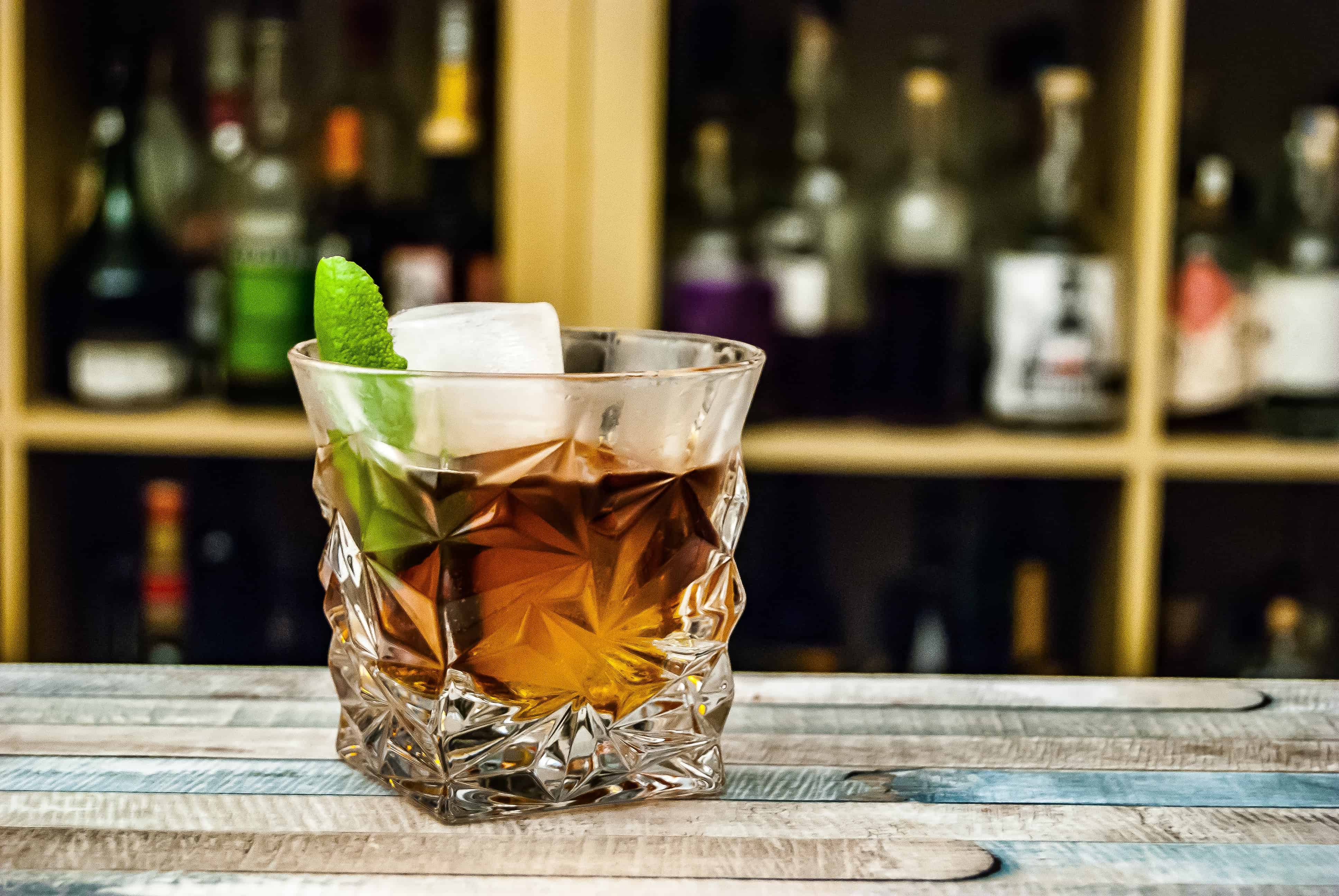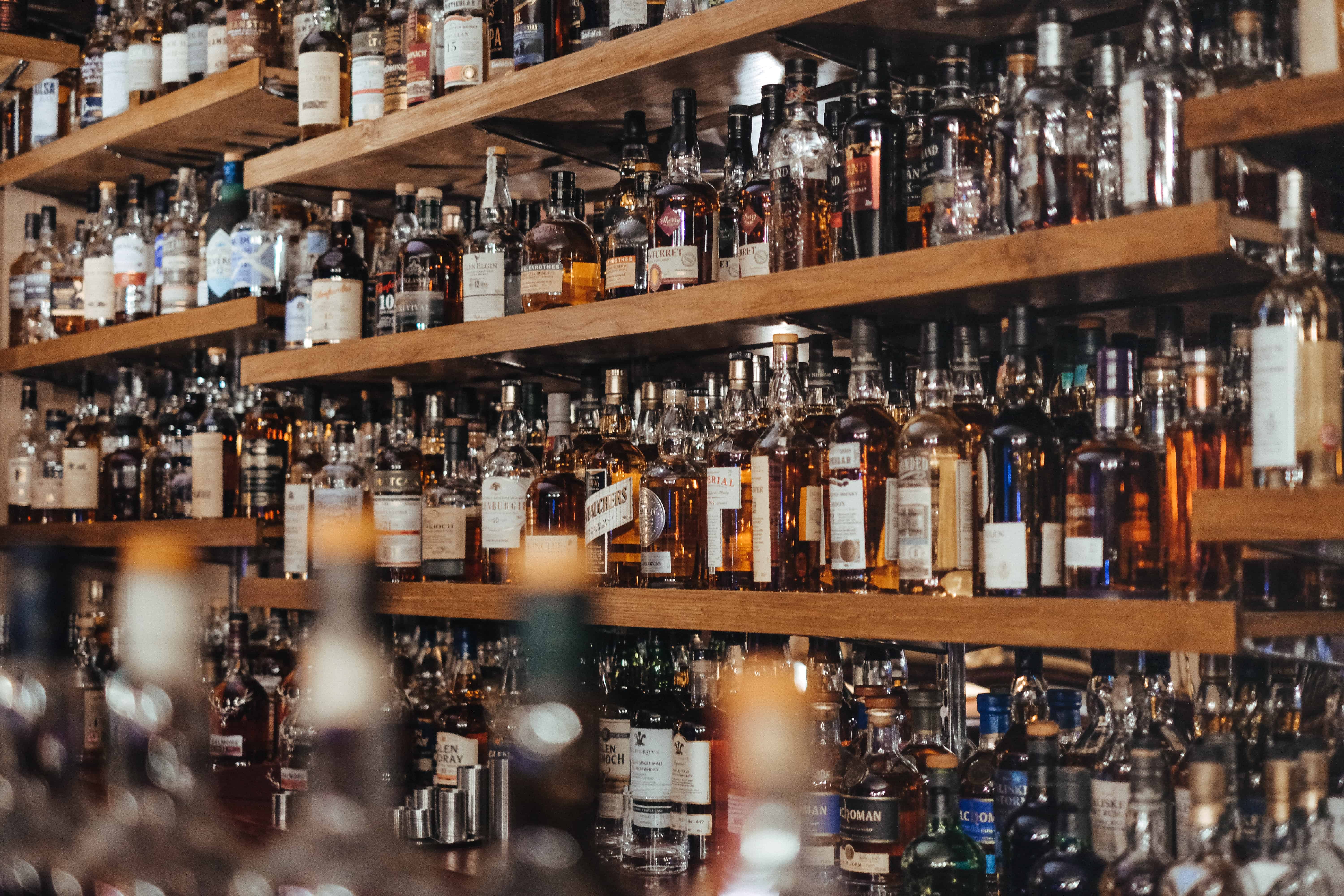There are downsides to regular alcohol use and this post will go into detail about the certain drawbacks and dangers of alcohol abuse: addiction, tolerance to alcohol, alcohol blackouts, and dangerous withdrawal. These consequences can happen at various levels of alcohol intake for different people. Learn more about what to look for with regular drinking.
Read my previous post that includes 15 interesting facts about alcohol to help understand how alcohol works in the body.
Tolerance to alcohol:
With regular use, people become tolerant to alcohol and can drink more before feeling its effects.
Tolerance to alcohol happens for 3 reasons:
- Regular alcohol drinkers clear alcohol from their body at a quicker rate.
- The cells of the body begin to adapt to the presence of alcohol by making chemical changes inside.
- People can get used to the feeling of being under the influence of alcohol so it is less noticeable to them.
Alcohol blackouts
A blackout is a period of amnesia (meaning no memory of events) without impaired consciousness (they are not unconscious or passed out). During a blackout, a person can actively interact and respond but their brain is not creating long-term memories.
Some people refer to a blackout as a complete loss of memory for a period of time while under the influence of alcohol and a “grey-out” as a memory that is spotty or fuzzy. Complete alcohol blackouts generally occur at higher blood alcohol concentrations than a partial blackout. Partial blackouts happen more frequently than complete blackouts.
People have a higher likelihood of blacking out with rapid, binge-type drinking where larger amounts of alcohol are consumed in a shorter amount of time.
Conventional thinking was that people who have blackouts have a greater risk of alcohol dependence. There isn’t universal consensus on this and other studies have suggested that it isn’t the case. This study found that alcohol-induced blackouts during the previous three months predicted increased social and emotional negative consequences, but did not predict alcohol dependence symptoms in the subsequent year.
During a blackout, others are not able to determine if someone is having a blackout. There aren’t any specific indicators to look for.
For a complete review of alcohol blackouts read this article.
What is an addiction to alcohol?
Addiction is characterized by the presence of withdrawal symptoms when alcohol is stopped.
Alcohol dependence causes:
- Cravings – a strong need to drink
- Loss of control over alcohol – unable to stop drinking once you start
- Physical dependence – This causes the withdrawal symptoms
- Tolerance – the need to drink more alcohol to feel the same effect
Wondering if you may qualify as having Alcohol Use Disorder? Read this post to find out: Alcohol Use Disorder: Do you have a drinking problem?
If you have alcohol use disorder there isn’t “one right way” to recover. Antabuse can be a life-saving treatment for some struggling and make the difference between continued alcohol intake and sobriety. Find what works for you. Explore the different options because recovery is possible. Read here for everything you need to know about Antabuse.
The dangers of alcohol abuse: Why does alcohol withdrawal happen?
Alcohol depresses (slows) a persons central nervous system (CNS) which is the engine of our body. In order to deal with this, the CNS increases its activity to counteract the depressant effects (picture revving a car’s engine to prevent it from stalling).
When alcohol is then taken away, the extra activity is no longer needed but the CNS doesn’t know that yet. It takes some time to adjust back to normal levels (ie the car is no longer going to stall but a person continues to press the accelerator. The car then goes too fast).
This increased activity can produce symptoms like:
- Tremor (shaking),
- Nervousness or anxiety,
- Irritability,
- Nightmares,
- Difficulty sleeping,
- Nausea and vomiting,
- Seizures.
See this post to find out if you are at risk: Alcohol Dependence and Withdrawal: Are You at Risk?
When does alcohol withdrawal happen?
Interestingly, people can go into alcohol withdrawal when they still have alcohol in their system! It all depends on what levels the body is used to having. For people very tolerant of alcohol, sometimes we need to start withdrawal medications even when their blood alcohol level is above the legal driving limit.
A rough timeline for general alcohol withdrawal:
3 stages:
- Stage 1 (Approximately 8 hours after the last drink): Anxiety, insomnia, abdominal pain and nausea can be experienced during this stage.
- Stage 2 (Approximately 24-72 hours after the last drink): High blood pressure, high body temperature, increased heart rate, rapid breathing, and confusion can happen. The peak incidence of withdrawal seizures is 24 hours after the last drink.
- Stage 3 (Approximately 72+ hours after the last drink): Hallucinations, fever, agitation, and seizures can happen in this stage.
Here is a good summary going into more detail about the timeline for alcohol withdrawal.
Keep in mind: If withdrawal has happened before it is more likely to happen again
If someone has experienced a certain pattern with alcohol withdrawal in the past this is likely to be repeated if they withdraw again. People with a history of serious and dangerous withdrawal should always be medically supervised when attempting to stop drinking.
Extreme alcohol withdrawal can be deadly
Delirium Tremens (DT’s) are an extreme form of alcohol withdrawal and can be life-threatening. It is a medical emergency and early treatment is essential to save their life.
A person who has DT’s will have an altered mental status (confusion and disorientation) and sympathetic overdrive which can lead to cardiovascular collapse.
The dangers of alcohol abuse:
After reading this post if you have any concerns about your alcohol use I encourage you to reach out to your physician and discuss this. Although alcohol is everywhere, and frequently enjoyed in society, there is also a huge downside to it. Know the dangers and the signs of trouble so that you can get help (or encourage a loved one to get help).
Read more about alcohol and addiction here:
The Truth About Alcohol and Sleep
7 Alternatives to AA in Recovery from Addiction
Don't miss another post!

Subscribe to get our latest content by email.






